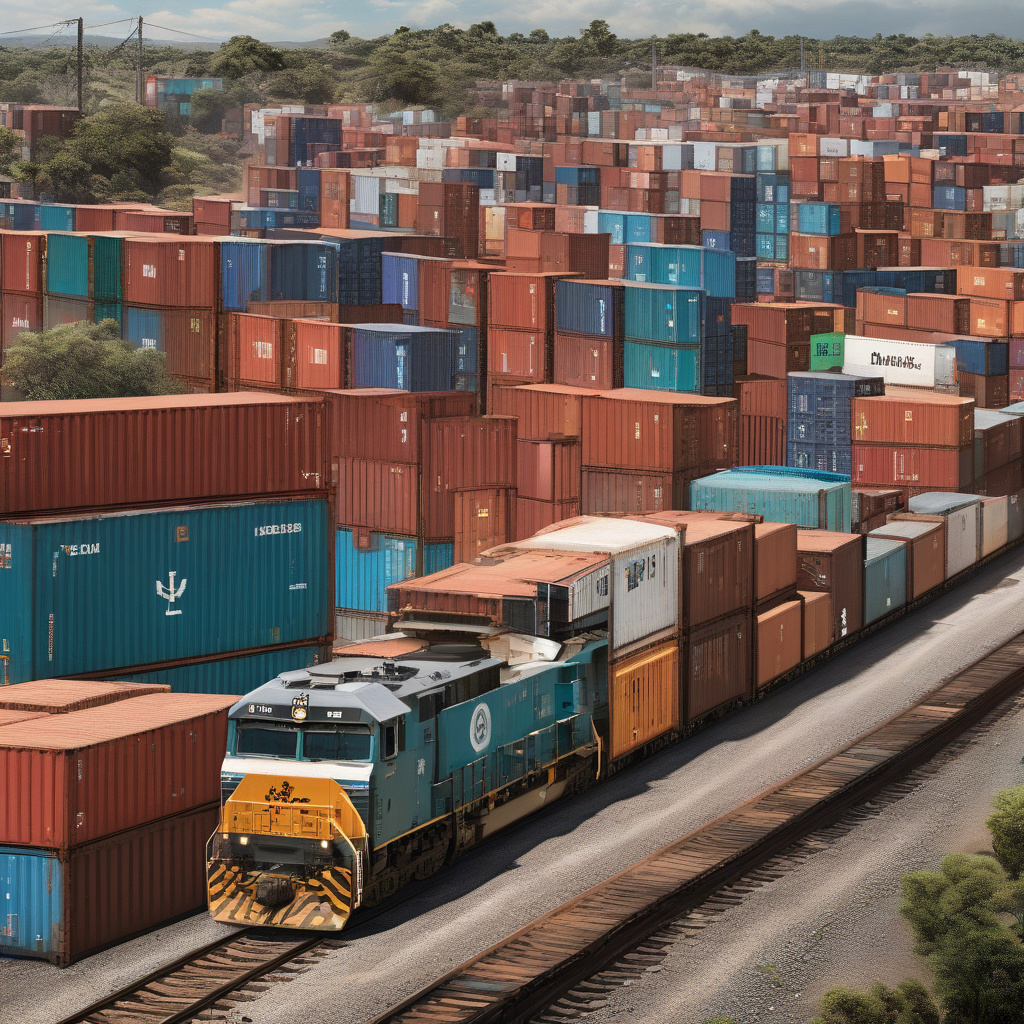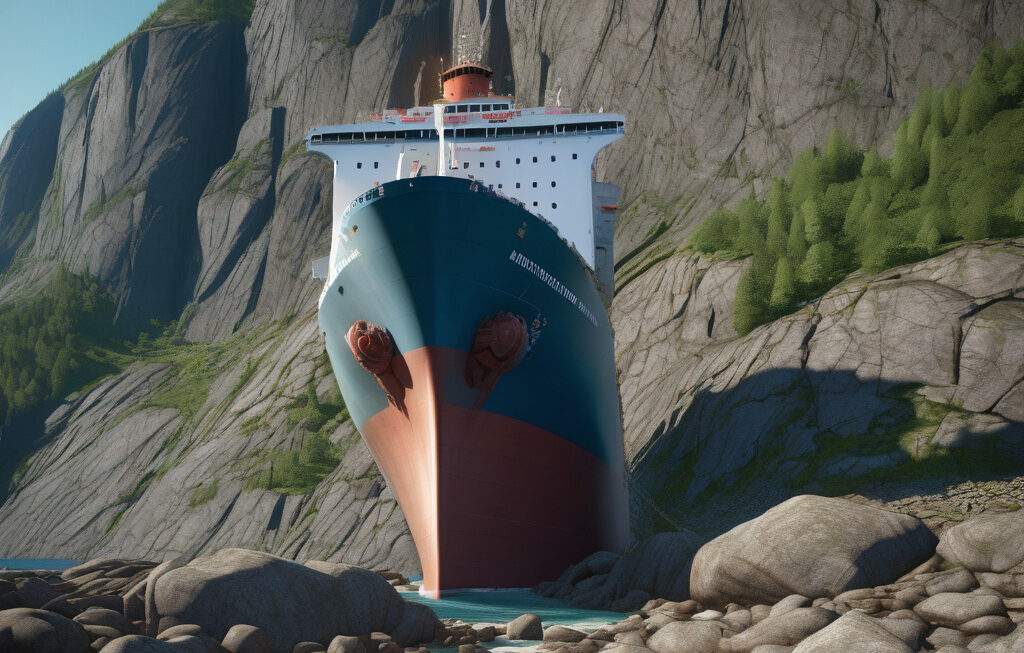Could Mexico’s Southern Rail Corridor Rewrite the Map of Global Shipping?
For over one hundred years, the Panama Canal’s 50-mile (80-kilometer) lock system has allowed ships to bypass the lengthy and perilous journey around the southern tip of South America. This engineering marvel revolutionized global trade, reducing the travel distance between the Pacific and Atlantic Oceans by thousands of miles. However, as trade volumes continue to rise and ships become larger, the Panama Canal is facing capacity constraints, leading to delays and limitations on vessel size.
In response to these challenges, Mexico is exploring a transformative solution that could potentially rewrite the map of global shipping – the construction of a Southern Rail Corridor. This ambitious project aims to connect the Pacific and Atlantic Oceans through a combination of rail lines, ports, and logistics centers running across the narrowest part of Mexico, the Isthmus of Tehuantepec.
The Isthmus of Tehuantepec presents a natural advantage for such a corridor. With a width of only 124 miles (200 kilometers), it is one of the narrowest points between the Gulf of Mexico and the Pacific Ocean in the Americas. This strategic location offers a unique opportunity to create a more direct and efficient route for shipping between the two oceans.
By developing a rail corridor across the Isthmus of Tehuantepec, Mexico could offer an alternative route for global shipping that complements the Panama Canal. Larger ships that are unable to transit the canal due to size restrictions could use the rail corridor, reducing congestion and offering more flexibility for international trade. This could be particularly attractive for vessels transporting bulk commodities such as grains, minerals, and energy resources.
Furthermore, the Southern Rail Corridor has the potential to enhance Mexico’s position as a key player in global trade. By providing a faster and more cost-effective route for goods moving between Asia and the Americas, Mexico could attract new investments, spur economic development in the region, and strengthen its role in the global supply chain.
The development of the Southern Rail Corridor is not without challenges. Environmental concerns, land rights issues, and financing are just a few of the hurdles that must be overcome to turn this vision into reality. However, if successful, the benefits could be substantial, not only for Mexico but for the broader global economy.
As the world of shipping continues to evolve, with trends such as e-commerce driving demand for faster and more efficient logistics solutions, innovative projects like the Southern Rail Corridor are becoming increasingly relevant. The ability to adapt to changing market dynamics and invest in infrastructure that supports the flow of goods will be crucial for countries looking to maintain their competitiveness in the global economy.
In conclusion, while the Panama Canal has long been the linchpin of global shipping, Mexico’s proposed Southern Rail Corridor represents a potential game-changer in the world of logistics. By offering a new pathway for international trade, Mexico has the opportunity to reshape the map of global shipping and solidify its position as a key hub for commerce between the Pacific and Atlantic Oceans.
#Mexico, #GlobalShipping, #SouthernRailCorridor, #PanamaCanal, #LogisticsInnovation












